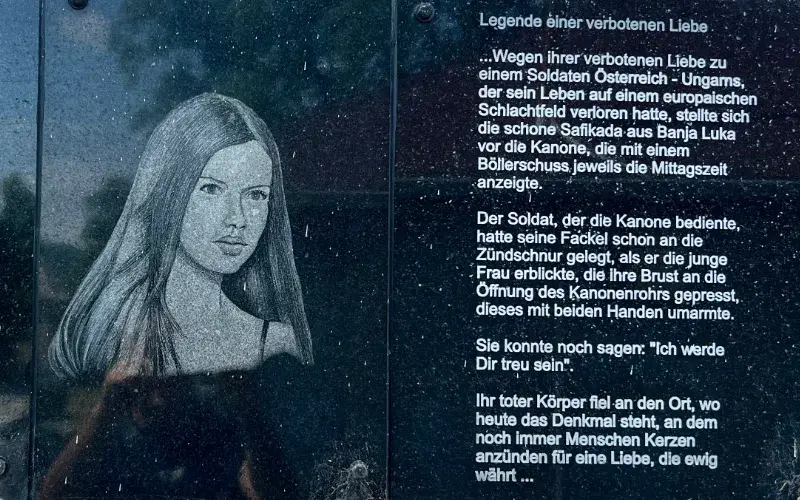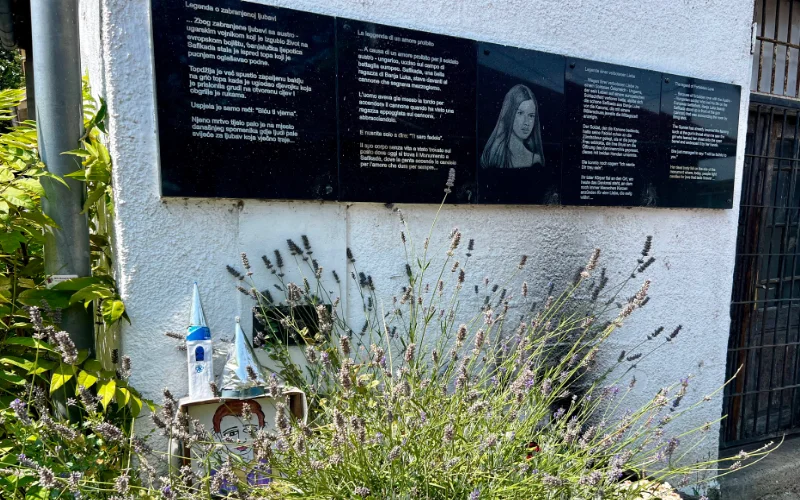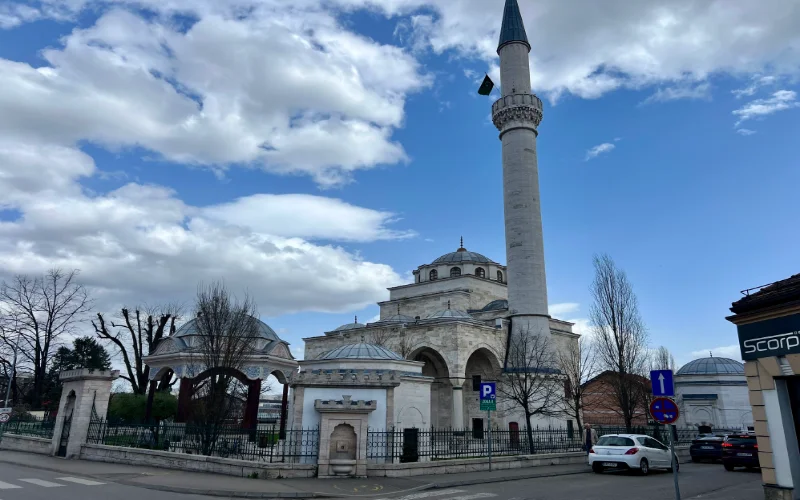Auto Parts
Auto scrap
Driving school
Car electrician
Auto detailing and Auto tuning
Auto cosmetics
Panel Beater & Car Painter
Auto mechanic
Autogas
Car wash
Car Glass
Car protection and Alarms
Roadside assistance
Car Showrooms
Vulcanizer
Exhaust service
Battery service
Buying a vehicle
Heating and air conditioning
Car Lots
Moto Dealers
Motorcycle Services

Service information

Information for foreign citizens

Traffic information

Javne institucije

Informacije o sportu


























Banja Luka City Info
16. July 2025 | 5 min readThe Most Famous Legends of Banja Luka – Safikada, Ferhadija, and the Origins of City Neighborhoods
Cities are more than just streets, buildings, and rivers - they live through stories.
Banja Luka, the city on the Vrbas River, has a soul preserved in legends passed down through generations. While some stem from real historical events and others from folk tales, together they form an essential part of the city’s identity.
Below, we bring you two stories that have become symbols of love, wisdom, and respect for tradition.
The Legend of Safikada - Love Stronger Than Death
Some stories are guarded by cities as their greatest treasures. For Banja Luka, one such story is that of Safikada – a young woman whose love for a soldier became a symbol of loyalty, sorrow, and passion that defies time. Safikada is not just a character from a legend; she’s part of the city’s identity, an eternal reminder that love knows no boundaries, no religion, and no orders.
According to the legend, Safikada was the daughter of a respected merchant or perhaps from a noble family - maybe even the granddaughter of Ferhad-pasha Sokolović. She fell in love with a soldier - some say his name was Herman, an Austro-Hungarian guard at the Kastel fortress; others claim he was a Turkish soldier named Omer. The name may vary, but the feelings remain the same in every version.
Their love was forbidden. In a time when marriages were arranged by families and social rules outweighed emotions, Safikada’s family did everything they could to end the relationship. Her father, as the tale goes, even bribed the military authorities to have her beloved sent far away - to eastern Bosnia or even Andalusia. In return, Safikada was quickly engaged to another man.
But the heart couldn’t forget. When news arrived that her beloved had died, Safikada made a vow. At noon, just as the cannon from Kastel was fired to mark the hour, she stood before it, dressed in white, and said: "Faithful to you until death."
The cannon fired. Her body fell at the spot where today a memorial stands - between Ferhadija and Kastel.

That place still lives today. Safikada’s grave, as locals call it, has become a symbol of eternal love. Couples from the city and tourists from all over the world leave candles, roses, and wishes there, believing that Safikada’s soul still watches over those who love. Many believe that a candle lit out of true love has the power to unite two hearts.
Because of its deep emotional impact, in 2023 Banja Luka saw the premiere of the opera Safikada - proof that this story is more than just legend. It is a feeling the city carries through centuries.
The Legend of Ferhadija and the Names of Banja Luka’s Neighborhoods
The Ferhadija Mosque is not just a marvel of Ottoman architecture - it is the heart of Banja Luka, a monument to spirituality and cultural heritage, but also the source of one of the most famous legends explaining how some city neighborhoods got their names.
Official records say Ferhadija was built in 1579 by order of Ferhat-pasha Sokolović, with students of the great architect Mimar Sinan. But folk legend tells a different, almost mythical story.
According to the legend, the construction was led by Rade Neimar, a skilled master who had previously built Orthodox churches. He was assisted by apprentices Petar, Pavle, Ivan, Drago, and Simo. Ferhat-pasha, enchanted by the beauty they created, wanted the mosque to remain unique in the world. To ensure no one could ever build anything like it again, he decided to execute all the builders.
Imprisoned in the minaret, the craftsmen, in desperation, made wings for themselves - like Daedalus and Icarus from ancient Greek myths - and tried to escape. They leapt from the top of the mosque, but fate was not on their side. The legend says they fell in different parts of Banja Luka, and the neighborhoods were named after them:
– Petar fell on today’s Petrićevac
– Pavle landed in Pavlovac
– Ivan in Ivanjska
– Drago in Dragočaj
– Simo, who broke a rib in the fall, gave name to Rebrovac

Though the legend lacks historical proof, its power lies in symbolism. It speaks of sacrifice and beauty - of how deeply the work of old masters was respected, even to the point of costing lives.
Interestingly, Ferhadija continues to thrive spiritually and culturally - not just through religious practice, but through stories like this, passed down from generation to generation in Banja Luka. In its courtyard lies the turbe (mausoleum) of Ferhat-pasha, and the shadirvan (fountain) at the entrance still gathers people symbolically, as it has for centuries.
Despite the war destruction and complete demolition in 1993, Ferhadija was fully rebuilt in 2016 and declared a national monument - a symbol of peace and tolerance. And the legend of the flying craftsmen still lives on – in every name we utter, unknowingly carrying a piece of that distant but eternal tale.
A City That Remembers Its Stories
Legends may not be written in textbooks, but they live on - in the whispers of the elders, in the stones that pave the streets, in the glances paused on ancient walls.
Banja Luka is not just a city of bridges, monuments, and fortresses - it’s a city of stories. And each one, no matter how unverifiable or forgotten, is a piece of the mosaic that shapes our identity.
Through these legends, we preserve memories, emotions, and values. And perhaps, thanks to them, Banja Luka remains what it truly is - a place where tradition lives, and where every generation gets the chance to retell its version of the same story.
If you know an old legend, an untold tale, or a personal memory worth recording - share it with us.
Maybe it will become the next story we tell together.
*Share this content and help others discover Banja Luka!
























